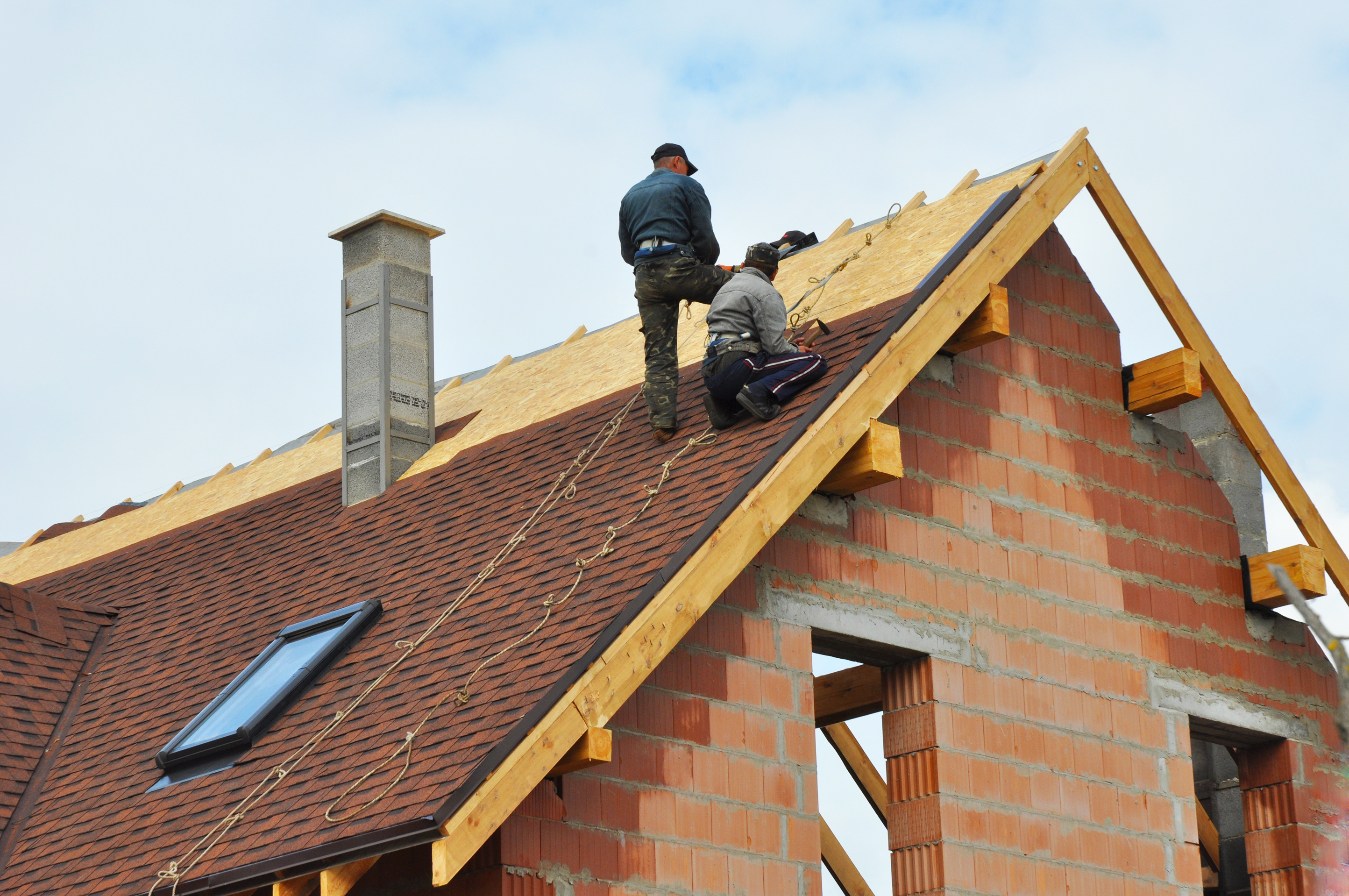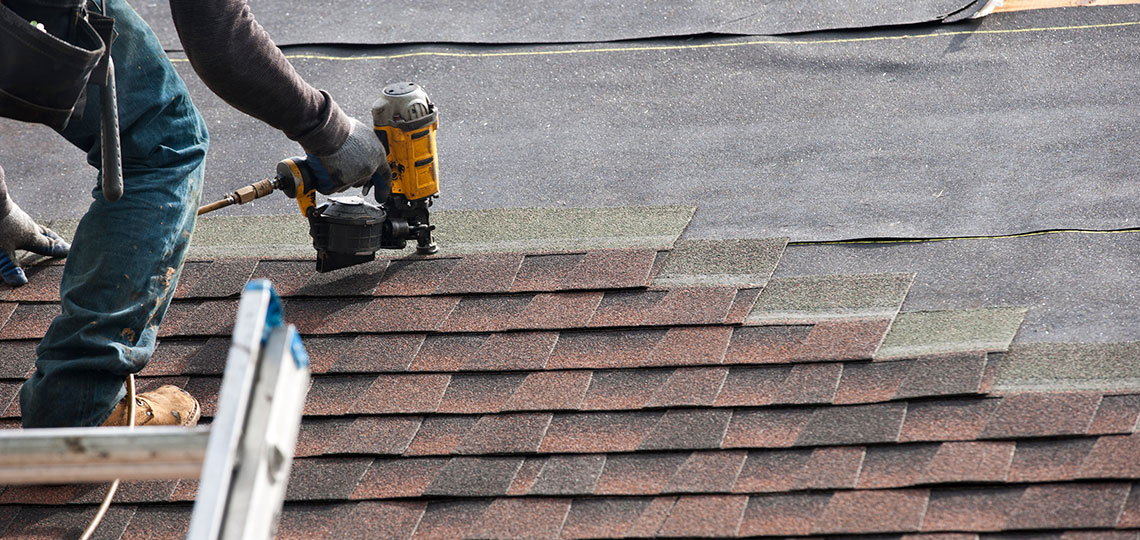Essential Questions to Ask Gainesville Roofing Companies Prior To Working With
Wiki Article
Best Practices for Ensuring Correct Roof Air Flow
Guaranteeing correct roofing ventilation is essential for the long life and efficiency of a roofing system. A well balanced consumption and exhaust air vent ratio, generally 1:300, plays an essential role, with intake vents preferably put at the lower edge of the roofing system for awesome air entrance and exhaust vents at the top for warm air departure. Regular examinations to determine blockages and preserve clear air movement are vital. Keeping insulation away from vents is crucial to protect against airflow constraint. Recognizing these foundational components sets the phase for even more in-depth understandings right into setup and upkeep methods that can significantly boost your roof covering system's efficiency.Understand Ventilation Fundamentals
Effectively recognizing ventilation fundamentals is vital for ensuring the longevity and performance of roof. Effective ventilation reduces dampness buildup and temperature extremes in the attic, both of which can bring about significant architectural damage with time. A well-ventilated roof assists in stopping common problems such as mold development, timber rot, and ice dams, which can compromise the integrity of the roofing products and the underlying structures.The key objective of air flow is to facilitate the movement of air, enabling a regular exchange between the interior and outside environments. This equilibrium is attained through a combination of intake and exhaust vents that interact to maintain optimum air flow. Consumption vents, commonly situated along the eaves or soffits, permit fresh air to enter the attic space, while exhaust vents, commonly situated at or near the roof covering ridge, make it possible for hot, damp air to leave.
Trick variables influencing the effectiveness of roof ventilation consist of proper placement, appropriate sizing, and making sure that both intake and exhaust vents are unhampered. Normal assessment and maintenance are vital to identify prospective blockages, damages, or inefficiencies in the ventilation system, thereby guarding the roof covering's efficiency and longevity.
Sorts Of Roof Vents
Roof vents play a critical duty in preserving reliable attic air flow and, by expansion, the general wellness of the roof system. Different sorts of roofing vents are offered, each with special benefits tailored to specific roof covering needs. Ridge vents, as an example, are installed along the roofing's height, enabling cozy, damp air to leave from the attic room. They supply continuous air flow and blend effortlessly with the roofline, making them both efficient and visually pleasing.
Soffit vents are installed under the eaves and operate in tandem with roof covering vents to make certain a balanced intake and exhaust system. By allowing cooler air to get in from below, soffit vents facilitate the expulsion of hot air through top vents. Gable vents, located on the exterior walls of the attic, offer another effective solution, especially in homes with gable roof coverings.
Evaluate Your Existing Ventilation

Following, consider the age and problem of your roof products and ventilation parts. Older systems might not conform with existing building regulations or may have weakened with time, lowering their performance. Conduct a thorough examination to identify any indicators of wear and tear, such as rust, damage, or gaps that can endanger the system's efficiency.
Additionally, determine the attic room temperature and moisture levels. High temperatures and humidity can show insufficient air flow.
Setup Best Practices
Efficient installment of roofing air flow systems is paramount for guaranteeing ideal efficiency and durability. Appropriate installation begins with understanding the certain ventilation requirements of the building and the roofing system it covers. This involves computing the proper proportion of intake to exhaust vents, normally sticking to the 1:300 policy, which states one square foot of ventilation for every single 300 square feet of attic room flooring space.
The placement of vents is just as critical. Intake vents must be installed at the roof's lower edge, usually in the soffits, to permit great air to enter. Exhaust vents, on the other hand, should be installed near or at Get More Information the roofing's height to assist in the leave of warm, wet air. This produces a natural air flow that aids maintain temperature level and dampness equilibrium within the attic room room.
Seal all vent connections carefully to stop air leakages and potential water infiltration. Usage top notch products and follow maker guidelines to make sure sturdiness and efficiency. Additionally, incorporating ridge vents with baffles can substantially boost airflow efficiency by avoiding wind-driven rain and snow from entering the attic room.
Eventually, precise setup of roof covering ventilation systems minimizes prospective issues such as mold development, ice dams, and architectural damages, making sure the roof covering's stability and the building's total health.
Normal Upkeep Tips
Consistency in maintenance practices is fundamental to ensuring the long-term effectiveness of roof air flow systems. Throughout these examinations, guarantee that vents are free of particles, nests, and other blockages that might hamper air flow.
Make use of a soft brush or a vacuum to eliminate dirt and particles from intake and exhaust vents. Be mindful not to harm the vent displays or louvers throughout the process.
Proper insulation is similarly important. Make certain that attic room insulation does not block the vents, as this can badly limit airflow. If any kind of insulation has shifted or resolved, rearrange or replace it to maintain an effective obstacle.
Finally, change any type of harmed or missing components quickly. Busted vents, fractured shingles, or worn-out blinking can all add to poor ventilation and should be attended to immediately. Regular maintenance ensures that the roofing air flow system works efficiently, consequently extending the life-span of the roof itself.
Conclusion
Guaranteeing correct roof covering ventilation is extremely important for keeping the efficiency and resilience of a roof system. Adherence to the 1:300 consumption and exhaust vent proportion, paired with the strategic positioning of vents, is crucial.A balanced consumption and exhaust air vent ratio, typically 1:300, plays a critical role, with consumption vents preferably put at the lower edge of the roof for cool air entry and exhaust vents at the peak for cozy air departure. Consumption vents, commonly located along the eaves or soffits, enable fresh air to get in the attic room space, while exhaust vents, often situated at or near the roofing ridge, make it possible for warm, moist air to run away.
Soffit vents are installed under the eaves and work in my blog tandem with roof vents to make sure a well balanced intake and exhaust system. By permitting cooler air to get in from below, soffit vents promote the expulsion of warm air via upper vents. Adherence to the 1:300 intake and exhaust air vent ratio, coupled with the tactical placement of vents, is vital.
Report this wiki page